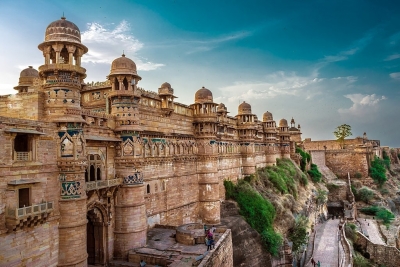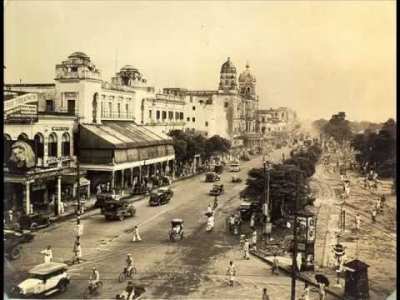WHICH ARE THE FABULOUS FORTS IN INDIA?

Standing tall as proof of a glorious past and skilled craftsmanship, here are some majestic forts that are steeped in historical and architectural importance.
AMER FORT, RAJASTHAN: Located in Amber, 11 kilometres north-east of Jaipur, the Amer or Amber Fort was the capital of the Kachhawa Rajputs before Jaipur was built. Built by Raja Man Singh sometime in the 17th Century, the most beautiful palace within the Fort is the Sheesh Mahal or the Palace of Mirrors.
AGRA FORT, UTTAR PRADESH: Constructed during 1565-1573 for Mughal Emperor Akbar, this magnificent fort was also known as the "Lal-Qila", "Fort Rouge" or "Qila-i-Akbari". It is among the first sites to be declared a UNESCO World Heritage Site in 1983.
GWALIOR FORT, MADHYA PRADESH: One of India's oldest, it is located atop the hilltop in Gwalior. During the Mughal rule, it was used as a prison and was continuously occupied by one ruler or the other until the British rule. A stone inscription found inside the temple is proof of the second oldest record of the numeric zero (0) symbol.
KANGRA FORT, HIMACHAL PRADESH: Nestled in the hills of Kangra, around 20 kilometres from Dharamshala, in Himachal Pradesh, this fort was built by the Kangra State's Rajput family. The Fort, which has stood witness to many rulers, including the British, was destroyed by an earthquake in 1905. However, it still remains a popular tourist destination.
CHITRADURGA FORT, KARNATAKA: It was built in stages between the 11th and 13th centuries by rulers, including the Chalukyas and Hoysalas, and later, the Nayakas of Chitradurga of the Vijayanagar Empire. It was taken by Hyder Ali in 1779, captured by British forces, only to be later reclaimed by Hyder Ali's son, Tipu Sultan.
Picture Credit : Google













